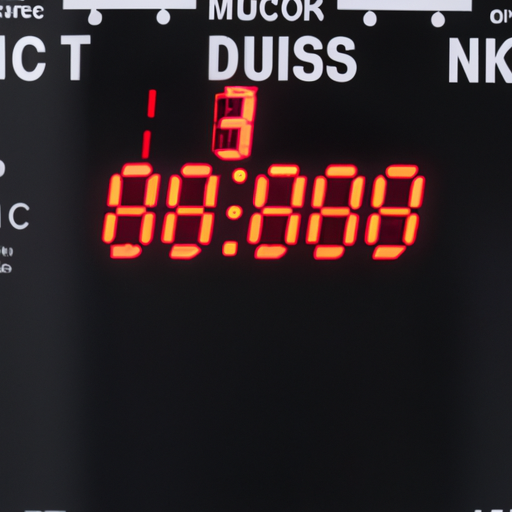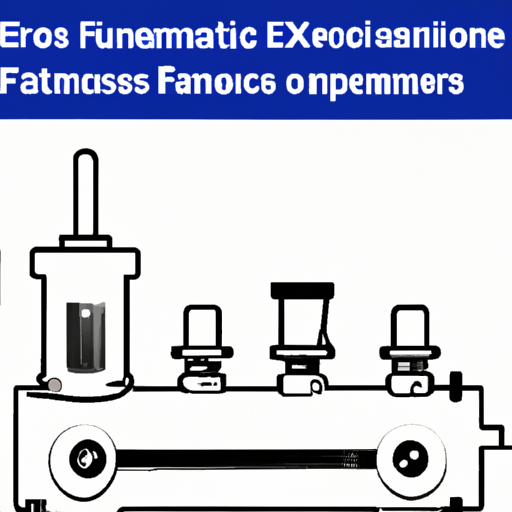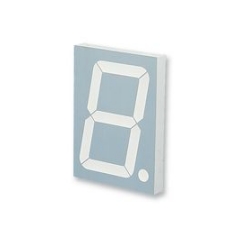Mainstream parallel capacitor product series parameters
Mainstream Parallel Capacitor Product Series Parameters
I. Introduction
A. Definition of Parallel Capacitors
Parallel capacitors are electronic components that store electrical energy in an electric field. When connected in parallel, these capacitors share the same voltage across their terminals while their capacitance values add up. This configuration is widely used in various electronic applications to enhance performance and reliability.
B. Importance of Capacitors in Electronic Circuits
Capacitors play a crucial role in electronic circuits, serving multiple functions such as energy storage, filtering, coupling, and decoupling signals. They are essential for stabilizing voltage and power flow, making them indispensable in modern electronics, from simple circuits to complex systems.
C. Overview of the Document's Purpose
This document aims to provide a comprehensive overview of the parameters associated with mainstream parallel capacitor product series. By understanding these parameters, engineers and hobbyists can make informed decisions when selecting capacitors for their projects.
II. Understanding Parallel Capacitors
A. Basic Principles of Capacitors
1. Capacitance and Its Units
Capacitance is the ability of a capacitor to store charge per unit voltage. It is measured in farads (F), with common subunits including microfarads (µF) and picofarads (pF). The higher the capacitance, the more charge a capacitor can store.
2. Types of Capacitors
Capacitors come in various types, including ceramic, electrolytic, film, and tantalum, each with unique characteristics and applications. Understanding these types is essential for selecting the right capacitor for a specific application.
B. Functionality of Parallel Capacitors
1. How Parallel Configuration Works
In a parallel configuration, multiple capacitors are connected across the same voltage source. The total capacitance (C_total) is the sum of the individual capacitances (C1, C2, C3, ...):
\[ C_{total} = C_1 + C_2 + C_3 + ... \]
This configuration allows for increased capacitance without increasing the voltage rating.
2. Advantages of Using Parallel Capacitors
Using parallel capacitors offers several advantages, including improved capacitance values, enhanced reliability, and better performance in filtering applications. Additionally, it allows for the combination of different capacitor types to optimize performance.
III. Key Parameters of Parallel Capacitors
A. Capacitance Value
1. Measurement Units (Farads, Microfarads, etc.)
Capacitance is typically measured in farads, with microfarads (µF) and picofarads (pF) being more common in practical applications. Understanding these units is crucial for selecting capacitors that meet specific requirements.
2. Tolerance Levels
Tolerance indicates the permissible deviation from the nominal capacitance value. Common tolerance levels range from ±5% to ±20%, affecting the capacitor's performance in precision applications.
B. Voltage Rating
1. Importance of Voltage Rating
The voltage rating of a capacitor indicates the maximum voltage it can handle without breaking down. Exceeding this rating can lead to catastrophic failure, making it a critical parameter in capacitor selection.
2. Breakdown Voltage and Safety Margins
Breakdown voltage is the point at which a capacitor fails. It is essential to choose capacitors with a voltage rating significantly higher than the maximum voltage in the circuit to ensure safety and reliability.
C. Equivalent Series Resistance (ESR)
1. Definition and Importance
Equivalent Series Resistance (ESR) is the internal resistance of a capacitor that affects its performance, particularly in high-frequency applications. Lower ESR values are desirable for efficient energy storage and minimal power loss.
2. Impact on Performance
High ESR can lead to increased heat generation and reduced efficiency, making it crucial to consider this parameter when selecting capacitors for specific applications.
D. Temperature Coefficient
1. Explanation of Temperature Coefficient
The temperature coefficient indicates how a capacitor's capacitance changes with temperature. It is expressed in parts per million per degree Celsius (ppm/°C) and is vital for applications requiring stable performance across varying temperatures.
2. Effects on Capacitance Stability
Capacitors with low temperature coefficients maintain their capacitance values better under temperature fluctuations, making them suitable for precision applications.
E. Lifetime and Reliability
1. Factors Affecting Lifespan
The lifespan of a capacitor can be influenced by factors such as operating temperature, voltage stress, and environmental conditions. Understanding these factors is essential for ensuring long-term reliability.
2. Reliability Ratings and Testing Standards
Capacitors are often rated based on their reliability, with standards such as MIL-PRF-39014 and IEC 60384 providing guidelines for testing and performance. Selecting capacitors that meet these standards can enhance the reliability of electronic circuits.
IV. Types of Parallel Capacitors
A. Ceramic Capacitors
1. Characteristics and Applications
Ceramic capacitors are widely used due to their small size, low cost, and excellent high-frequency performance. They are commonly found in decoupling and filtering applications.
2. Advantages and Disadvantages
Advantages include stability and low ESR, while disadvantages may include limited capacitance values and susceptibility to voltage coefficients.
B. Electrolytic Capacitors
1. Characteristics and Applications
Electrolytic capacitors offer high capacitance values and are often used in power supply applications. They are polarized, meaning they must be connected correctly to avoid damage.
2. Advantages and Disadvantages
Advantages include high capacitance and low cost, while disadvantages include higher ESR and limited lifespan compared to other types.
C. Film Capacitors
1. Characteristics and Applications
Film capacitors are known for their stability and low ESR, making them suitable for audio and high-frequency applications. They are non-polarized and can handle high voltages.
2. Advantages and Disadvantages
Advantages include excellent performance and reliability, while disadvantages may include larger size and higher cost compared to ceramic capacitors.
D. Tantalum Capacitors
1. Characteristics and Applications
Tantalum capacitors are known for their high capacitance in small packages and are often used in compact electronic devices. They are polarized and require careful handling.
2. Advantages and Disadvantages
Advantages include high capacitance and stability, while disadvantages include higher cost and susceptibility to failure if subjected to overvoltage.
V. Applications of Parallel Capacitors
A. Power Supply Filtering
Parallel capacitors are commonly used in power supply circuits to smooth out voltage fluctuations and provide stable power to electronic components.
B. Signal Coupling and Decoupling
In signal processing, parallel capacitors are used to couple and decouple signals, ensuring that unwanted noise is filtered out while allowing desired signals to pass.
C. Timing Circuits
Capacitors play a vital role in timing circuits, where they determine the timing intervals in oscillators and timers.
D. Energy Storage in Power Electronics
In power electronics, parallel capacitors are used for energy storage, providing quick bursts of energy when needed, such as in power inverters and converters.
VI. Selecting the Right Parallel Capacitor
A. Factors to Consider
1. Application Requirements
When selecting a capacitor, consider the specific requirements of the application, including capacitance value, voltage rating, and ESR.
2. Environmental Conditions
Environmental factors such as temperature, humidity, and vibration can affect capacitor performance. Choose capacitors rated for the specific conditions they will encounter.
B. Common Mistakes to Avoid
Avoid selecting capacitors based solely on price or availability. Ensure that the chosen capacitors meet the necessary specifications for the application.
C. Recommendations for Sourcing Quality Capacitors
Source capacitors from reputable manufacturers and suppliers to ensure quality and reliability. Review datasheets and specifications to verify that the capacitors meet the required standards.
VII. Conclusion
A. Recap of Key Points
Understanding the parameters of parallel capacitors is essential for selecting the right components for electronic circuits. Key parameters include capacitance value, voltage rating, ESR, temperature coefficient, and reliability.
B. The Future of Parallel Capacitor Technology
As technology advances, the development of new materials and manufacturing techniques will continue to enhance the performance and reliability of parallel capacitors, paving the way for innovative applications.
C. Encouragement for Further Learning and Exploration
For engineers and hobbyists alike, further exploration of capacitor technology and its applications can lead to improved designs and enhanced performance in electronic circuits.
VIII. References
A. Suggested Reading Materials
- "Capacitors: Technology and Applications" by John Smith
- "The Art of Electronics" by Paul Horowitz and Winfield Hill
B. Industry Standards and Guidelines
- MIL-PRF-39014: Military Specification for Capacitors
- IEC 60384: International Standard for Fixed Capacitors
C. Manufacturer Specifications and Datasheets
- Manufacturer datasheets provide detailed specifications and performance ratings for various capacitor types, essential for informed selection.
By understanding the parameters and applications of parallel capacitors, you can make informed decisions that enhance the performance and reliability of your electronic projects.







